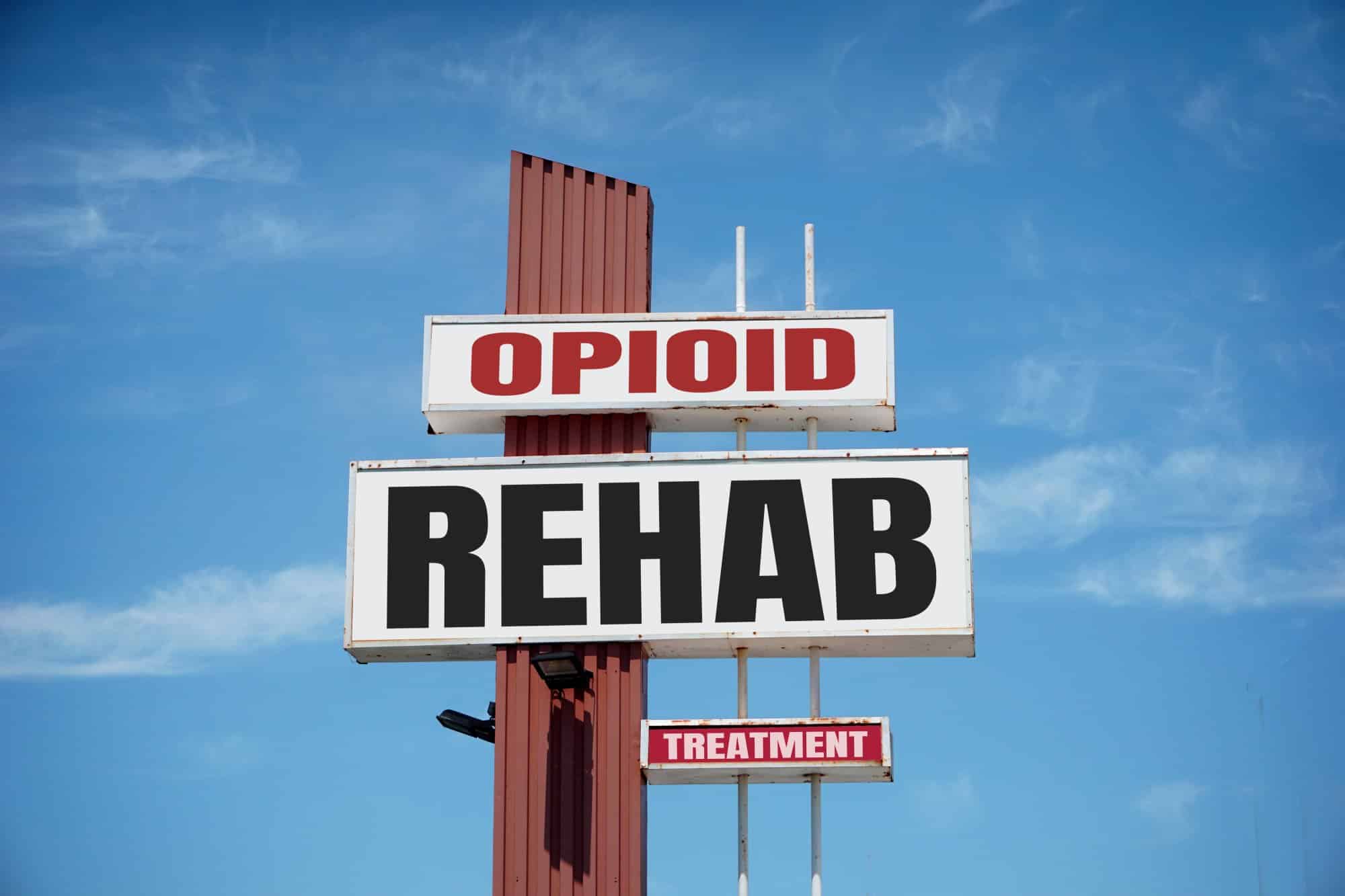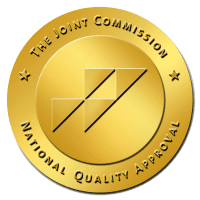If you struggle with opioid use, you’re far from being alone. The fact is, opioid use disorder (OUD) impacts well over 2.1 million Americans and it comes with enormous health and social consequences.
Learning more about opioids and learning the answer to questions like “How long do opioids stay in your system” will help you better understand how they impact you. This makes entering into a recovery program much less daunting overall.
Keep reading to learn everything you need to know about opioids and how long they stay in your system. You’ll also learn how to connect with addiction treatment professionals to begin your recovery journey.
Overview of Opioids
Opioids are a specific class of drugs that come from the opium poppy plant, but there are different types of opioids to be aware of.
First, natural opioids like morphine and codeine come directly from the opium poppy plant. There are also semi-synthetic opioids that are derived from natural opioids but created in a laboratory. Semi-synthetic opioids include oxycodone, hydrocodone, and heroin.
Finally, synthetic opioids are created in a laboratory and are completely human-made. Examples of synthetic opioids include fentanyl, tramadol, and methadone.
While opioids are effective in pain control, specifically severe pain due to conditions like cancer, surgical pain, and chronic pain, they are addictive. This is largely due to how they impact the brain.
Opioids and Your Brain
When you take an opioid, it attaches itself to the opioid receptor in the brain and other body parts. This action blocks pain messages sent to the brain, which alters how you perceive pain.
Opioids also affect the part of your brain known as the “reward circuit” or “pleasure center” which also impacts the neurotransmitter dopamine. Taking opioids causes dopamine to flood the brain, resulting in feelings of euphoria.
Opioid addiction can result when people continue to chase this euphoric feeling. The problem is that it takes more and more opioids to achieve this initial high since your body builds a physical tolerance.
This leads to people taking opioids above and beyond their prescribed dose and even leading to illegal opioid use, such as heroin. The use continues despite the negative consequences, which is one of the main opioid addiction signs. People with OUD need addiction treatment to help them get past the impacts of opioids and live a sober life.
How Long Do Opioids Stay In Your System?
The fact is, there is no one solid answer to this question. The amount of time opioids stay in your system depends on a variety of factors, which include:
Opioid Half-Life
First, every opioid you take will stay in your system for a specific amount of time. This is due to the opioid half-life, or the amount of time for your body to metabolize 50% of the drug. In addition, every opioid drug has a different half-life.
In most cases, a drug will be undetectable in your system after approximately five half-lives.
Common opioid half-lives include codeine which has an average half-life of three hours. The half-life of morphine ranges from 1.5 to 24 hours and varies depending on the type of morphine you take. This is because some morphine is short-acting while others are made to be longer-acting.
Oxycodone has a half-life of around five hours, while fentanyl can range from 13 to 27 hours, lasting longer if it’s a skin patch.
Overall, most of these opioids can stay in your system for an average of four days but can stay detectable in hair for 90 days.
What Else Influences How Long Opioids Stay In Your System?
While the opioid half-life plays a crucial role in the length of time it will stay in your body, it’s not the only influence.
It’s essential to remember that everybody is unique in the way bodies metabolize opioids. For these reasons, you could test positive for opioids longer than the average person, or your body may clear the opioid much more quickly.
Your body begins breaking down opioids as soon as you take them via the liver and kidneys, and they circulate around your system. The opioid is then eliminated through the urine. This is why drug testing can detect opioids in blood, urine, saliva, and hair.
The main factors that influence this process include:
Opioid Dose and Length of Use
The length of use and dose play a significant role in how long they stay in your system. If you take large doses of opioids regularly, your body will have to constantly work to move them through your system.
Your Age and Gender
As you age, your body also starts functioning differently. Even if you’re relatively healthy, your liver and kidneys will typically take longer to process opioids than they would if you were younger.
If you’re older and have been using opioids long-term, it may take your body even longer.
Gender may play a role since male bodies tend to process substances faster than females. You also have to consider small genetic differences that can impact how an individual body will process opioids.
Body Composition
If you have a higher level of body fat, it can cause opioids to stay in your system longer. This is because certain substances can accumulate in body fat, which allows a heavier person to store more drugs than a lighter person.
As a result, it will take longer for a heavier person to metabolize opioids overall.
Overall Health
It’s no surprise that your overall health plays a key role in how your body processes opioids. Poor health overall will impact how well your body functions.
If you have chronic conditions like kidney and liver disease, you have fewer enzymes available to break down substances. As a result, the opioids will stay in your system for longer.
Withdrawing From Opioids
Now that you understand more about the length of time opioids can stay in your system, it’s time to focus on what happens when you suddenly stop taking opioids.
When you’ve been using opioids long-term, your body forms a physical dependence on them. If you attempt to stop using opioids suddenly, you can experience severe opioid withdrawal.
Remember, opioids impact your brain and cause it to become dependent on the drug to function normally. Your body is also used to having drugs in your system at all times. All of this works together and you’ll experience symptoms of opioid withdrawal within the first 24 hours after you stop using. These symptoms include:
- Anxiety
- Restlessness
- Muscle aches
- Runny nose
- Excessive sweating
- Trouble sleeping
- Eyes tearing up
After the first 24 hours, you can get more intense symptoms like diarrhea, nausea, vomiting, abdominal cramping, and dilated pupils. You can also experience high blood pressure and a rapid heart rate.
Medically Supervised Detox
Withdrawal symptoms usually start to improve within 72 hours, but this opioid recovery timeline can vary depending on how long you’ve used opioids. You’ll need to attend a rehab program like this one at Purpose Healing Center.
You’ll need to go through medication-assisted detox for opioids to help manage severe withdrawal symptoms. There are specific FDA-approved medications that can treat substance use disorders, helping you sustain long-term recovery.
Residential Inpatient Rehab Program
Once you’ve completed medical detox, the opioids will be out of your system and you’ll be ready for the next step of treatment.
Inpatient drug rehabilitation programs are the most intense type of treatment. You’ll live at the facility during treatment which can last from 30 to 90 days, depending on your individual needs. This allows you to focus solely on treatment and learn skills to stay sober.
During treatment, you’ll attend various individual and group therapy sessions. Since many people with substance use disorders have mental health disorders, therapy involves treatment for these co-occurring conditions.
Therapies include cognitive behavioral therapy (CBT) which helps you address harmful thinking patterns that cause you to spiral into addictive behaviors. In addition, you’ll go through family therapy to help you begin restoring relationships.
Group therapy allows you to interact with other people going through the same struggles. You’ll also go through mindfulness, meditation, and yoga classes to help you address stress.
Outpatient Treatment Programs
Once you complete an inpatient treatment program, you’ll be able to attend an outpatient rehab program. This means you’ll get to live at home while attending treatment.
Partial hospitalization programs (PHP) are the most intense outpatient program. You’ll attend treatment for a minimum of five days weekly for up to six hours a day. You’ll continue to work on behavioral therapy and relapse prevention while getting used to living at home again.
Intensive outpatient programs (IOP) are the least intense, with approximately nine hours of therapy weekly. IOPs allow you more time to manage your life at home while staying sober.
Start Opioid Addiction Treatment Today
How long do opioids stay in your system? Now you know the details of this answer, you’ll feel better prepared to enter into a treatment program.
Purpose Healing Center in Arizona is committed to helping you achieve long-term recovery, offering a range of treatment programs that include medical detox, inpatient rehab, intensive outpatient, and partial hospitalization programs.
Our customized addiction treatment takes a holistic approach as well as addresses mental health needs with behavioral therapies.
Make sure to contact us today to learn more about how our opioid treatment programs can help you.



